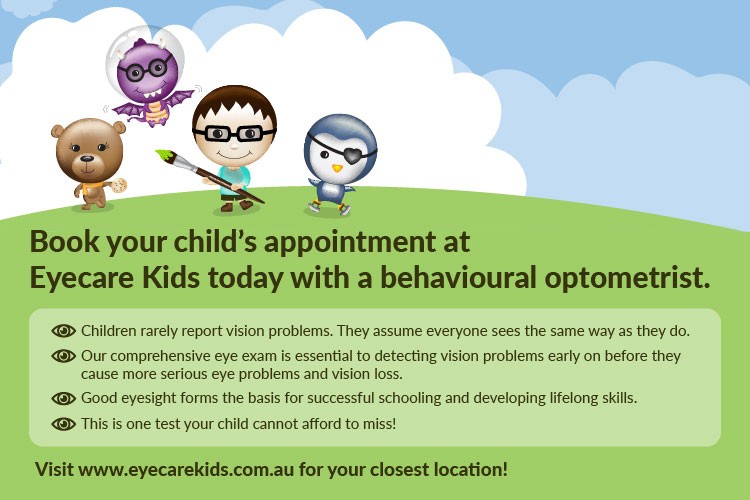Have you heard about behavioral optometry? Behavioural Optometry aims to understand the role of the brain function in vision. This concept evaluates deep down how information is processed and perceived through our vision.
Behavioral optometrists take a wider view of the patient and measure other visual abilities, not just visual acuity (or how clear your child can see the board from a given distance). These professionals work with problems related to binocular, oculomotor and refractive such as amblyopia (also known as lazy eye), strabismus (crossed eyes) in addition to several other common childhood issues such as dyslexia, language, or attention problems—in their visual aspect.
The solution is not always spectacles or contact lenses; these can sometimes be corrected or improved through visual therapy that integrates the visual system with other body systems.
Amongst the benefits that Behavioral Optometry can do to improve our visual health, we highlight:

1. Acquisition of greater skills in professional athletes
The success of great athletes depends largely on vision, concentration, balance, posture, pace and movement. Behavioral optometrists have presented several studies demonstrating how visual exercise complements physical potential.
2. Reduce the attention difficulties of children from childhood
Basically 70% of what students learn in the classroom is through vision and hearing. Therefore, it is essential to work on their development. Kids who have issues with attention and focusing in the classroom may have an underlying vision problem which was not detected in a routine vision check at school. A comprehensive eye test with a behavioural optometrist is necessary to diagnose these hidden childhood vision problems.

3. Correct visual changes after illness or accident
People with brain injuries or who have experienced strokes may have problems with spatial orientation and location, ocular motility, functional field constrictions, binocularity, or strabismus.
These skills need to be recovered through an Optometric Neuro-Rehabilitation program. Behavioral optometrists work to minimize symptoms and improve patient performance so they can return to a normal life in many cases.
4. Limit the loss of visual abilities in the adult population
Due to excessive exposure to screens, as we see today, among other activities that require near-vision efforts, more people (not just kids!) have presented with myopia. Visual therapy can help reduce these symptoms of eye muscle strain from too much near work, and behavioural optometrists are able to help facilitate these vision therapy activities and work out a treatment plan for improved visual comfort and to help slow down the progression of myopia.

